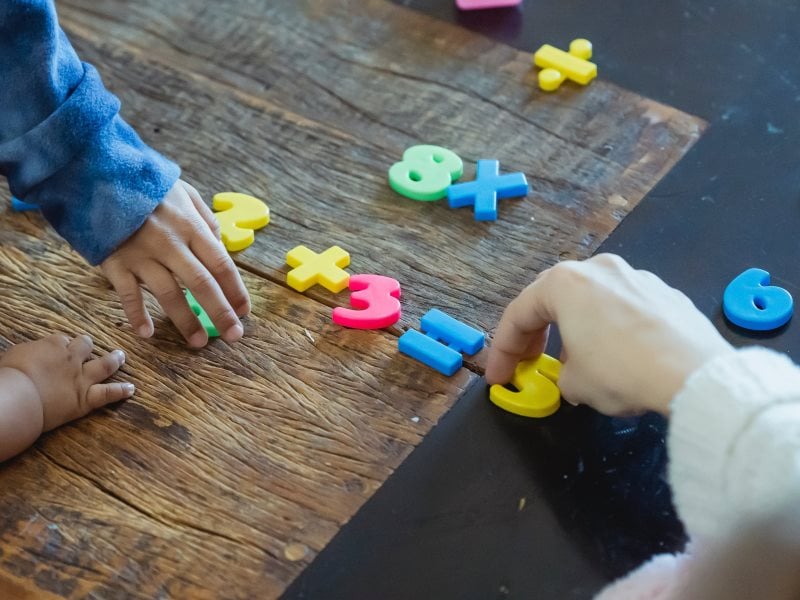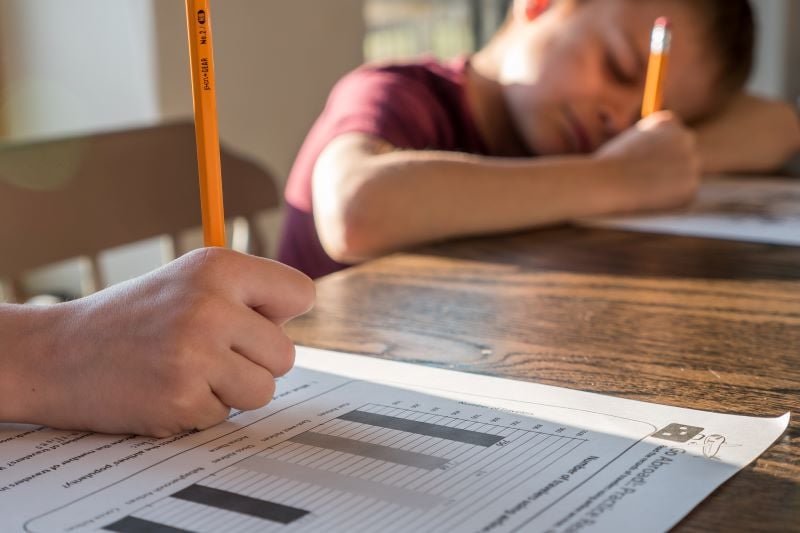Like many tasks, planning ahead goes a long way when you have an essay to write. The prewriting  process exists so that you first brainstorm the idea you want to present and defend as well as all the reasons this idea is worthy of acceptance. While you should tap into your creative side during this initial step and allow inspiration to free-flow from your mind without getting bogged down in structure quite yet, the purpose of this phase is to make sure you start with a good strong thesis. You want to first form a clear, concise direction of the point you want the essay to convey; as poetic as the notion of stream of consciousness sounds, no one wants to read a meandering essay that goes nowhere and says nothing. After that, lay out your main and supporting points in an organized fashion that the reader can logically think their way through.
process exists so that you first brainstorm the idea you want to present and defend as well as all the reasons this idea is worthy of acceptance. While you should tap into your creative side during this initial step and allow inspiration to free-flow from your mind without getting bogged down in structure quite yet, the purpose of this phase is to make sure you start with a good strong thesis. You want to first form a clear, concise direction of the point you want the essay to convey; as poetic as the notion of stream of consciousness sounds, no one wants to read a meandering essay that goes nowhere and says nothing. After that, lay out your main and supporting points in an organized fashion that the reader can logically think their way through.
Take a look at the basic formatting guidelines for an essay:
Introductory Paragraph
The main idea should be introduced in the first paragraph so the reader knows what kind of journey you’re taking them on. A hook helps to really sell this main idea and draw the reader in. This can be a surprising fact or unexpected question related to your topic, perhaps creating some urgency as to why this subject needs to be explored--anything particularly interesting to draw the reader in. Then follow up with a strong thesis statement.
Body Paragraphs
The body of your essay should present evidence to point back toward your thesis and clearly show your reader why you arrived at this view. Separate each supporting point into its own paragraph within which you explicate that point with 2-4 supporting sentences, keeping relevancy to the thesis in mind. Indent these paragraphs to signal the introduction of a new supporting idea or piece of evidence. The read-through of your writing will also flow better if you think of ways to smoothly transition from one point to the next using the closing sentence of each paragraph. Don’t construct transition sentences that seem as though you’re trying too hard for this effect; just use common-thread themes of relevancy to your main focus topic.
Conclusion
The conclusion paragraph is your chance to send the reader away with a definitive impression that you’ve made a reasonable argument, so look for clear, strong ways of closing out the discussion. Restate your thesis in an even more crystallized way, perhaps returning to your hook in a statement that solidifies it, and briefly go over the supporting points again.
An organized, structured design to your essay not only guides readers through a logical flow of ideas, but also presents an impression of the writer as someone who knows what they’re talking about. As you’re writing, keep this basic formatting outline in mind:
Introduction - hook, thesis
Body Paragraphs - one paragraph per supporting point, evidentiary details, transitions
Conclusion - restate thesis, main points, strong ending
This will not only make your ideas easier for your audience to understand, but make the essay easier for you to write!





